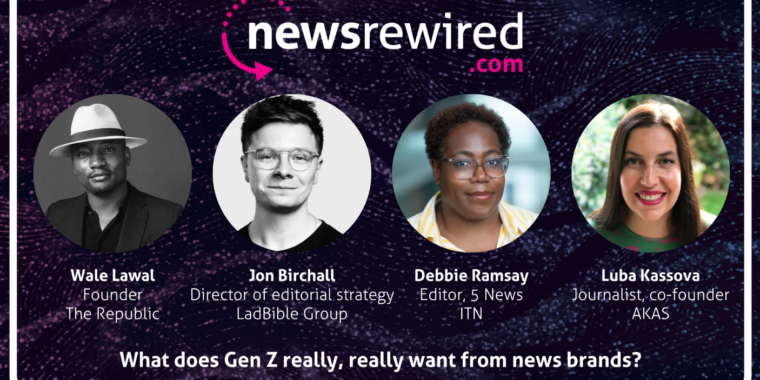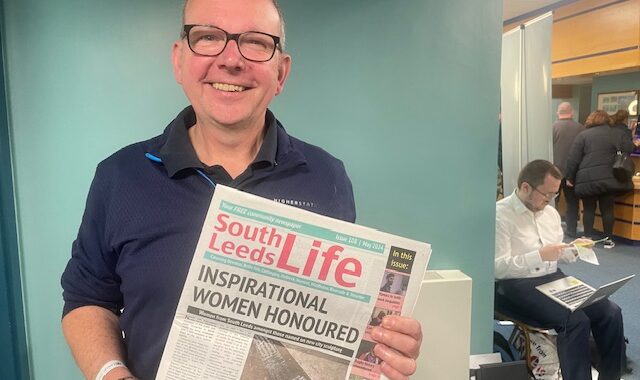I read with interest Hannah Scarbrough’s piece on sport and hyperlocals, and it reminded me of my current ethnographic research of a hyperlocal media audience in Wolverhampton. Much of this work has involved observation of the very active WV11 Facebook page.
Twitter seems to be telling a different story. I regularly search Twitter, looking at what @WV11 post, who retweets or partakes in the conversation, and who ‘mentions’ them, often in the context of offering stories. E.g.
- Residents coffee morning with @XXXX @XXXX and @XXXX at St Albans Church #wednesfield @WV11 (746 followers)
However, it seems that there are less ‘@WV11’ conversations on Twitter than are achieved on Facebook.
This may be because it is harder to identify, round up, and make visible a Twitter ‘sphere’ of discussion; Facebook ‘page’ design probably better affords this discussion. It may be also be that Twitter is used by different types of users, and is still less pervasive amongst ‘everyday’ resident households – many of the Twitter conversations seem to be with hyperlocal peers or organisations as opposed to individual citizens.
However, people are still taking part in local discussions. Whilst running my Twitter searches I also check for keywords such as wednesfield, wv11, ashmore park, ashma park (a colloquial, phonetic spelling sometimes used), bentley bridge, etc. What this reveals is tweets and conversations amongst residents (and visitors to the area) where they either 1) don’t know about the WV11 hyperlocal service, 2) know about it, but don’t know that using @WV11 in a tweet would forward their message to them or 3) do know about WV11, but choose not to include them in the conversation for any number of reasons.
These messages usually (but not always) still have some significance as representations of ‘place’ – and one of the common topics is sport, whether watching or participating.
- Footie for Wednesfield with @XXXX let’s see what magic he’s got (438 followers)
- 05/03/14 Black Country Rangers 4 – 0 Bartley Green 05/03/14 Shawbury United 6 – 1 Wednesfield (715 followers)
- All Change… There will be some race action this Sunday from 2pm with the Wednesfield riders putting a match together. (428 followers)
I’ve included the number of followers of each tweeter above to address the point that although many of these ‘social’ tweets are only really meant to be read by a small handful of people, they are still broadcast to a wider audience. David Baines (2012), following Ritzer (2003), describes glocalisation, how hyperlocal media broadcasts to a local area, but usually using an open platform that has potential to be read globally. Are these social, placemaking tweets doing the same on a narrower level, targeting just a few friends (possibly offline ones) but also constructing a sense of local ‘place’ to their wider audience of followers?
Of course, a frustration might be felt, that people are tweeting about place without identifying and adding to a hyperlocal media organisation’s existing channels of information and discussion. Queuing in traffic behind an accident some time ago, I noticed a passenger in another car taking a photo. I immediately wondered what he would do with that photo. Show it to a friend, maybe tweet or Facebook it? But if that was the case, and he had no qualms making it public, why not apply four additional keystrokes (@WV11) and offer that information to a much wider audience (WV11 tend to RT such content liberally). Hopefully, as people become increasingly aware of community media in their aware, they might increasingly make informed decisions about whether their tweet is targeted at just their close friends (@ mention), their greater number of followers, or the much wider audiences that often follow hyperlocal.
References
Baines, D. 2012. Hyper-local news: A glue to hold rural communities together? Local Economy, 27, 152-166.
Ritzer, G. 2003. Rethinking globalization: Glocalization/grobalization and something/nothing. Sociological theory, 21, 193-209.
Image accompanying this article is copyright Moyan Brenn.




